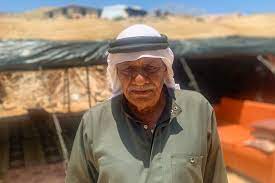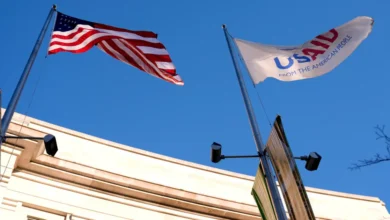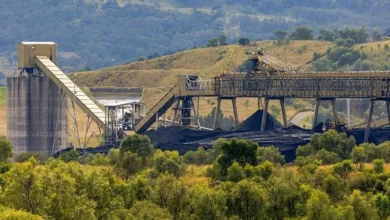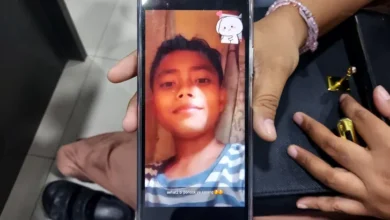‘Medicine in Gaza’: A doctor’s guide to treating Gaza’s sick and wounded

There is one moment that has so far defined Mousa al-Buhaisi’s work as a young doctor in Gaza.
The 25-year-old who recently started his medical career had to stitch up a little boy whose body was pierced all over by shrapnel – at least 14 open wounds covered his body, from “head to toe”.
There was no anaesthesia to be had. Al-Buhaisi stitched each one closed, a process that took two whole hours.
The boy was “maybe 10 years old, maximum”, al-Buhaisi said, sitting outside Al-Aqsa Martyrs Hospital in Deir el-Balah.
“His screams will forever haunt me.”
Al-Buhaisi thought he was already war-hardened after he came back from his eight years studying medicine in Ukraine and volunteering to help the wounded when Russia invaded in 2022.
After working in several hospitals, including in and around the capital Kyiv, he decided to return home for his final year of residency, intending to “serve” his people in Gaza.
Shortly after his return and the start of his residency, Israel unleashed its most brutal assault yet on the besieged territory following the October 7 Hamas attacks.
“They call me the ‘War Man’ – wherever I go, war breaks out,” he said.
On the evening when the Israeli assault began, it was only al-Buhaisi’s third shift ever in the hospital’s emergency unit.
He is pretty sure that what he has seen as a “fresh graduate” is more than what other medical professionals may see in their entire lifetimes.
“I’ve seen things that made me stop eating for a week … missing limbs, infected wounds, the entrails of women and children spilling on the hospital’s floors,” he recalled.
‘A personal choice’
After more than 100 days of relentless bombardment, as he works with little to no equipment, al-Buhaisi cannot help but wonder how things would have been for him if he never left Ukraine.
“When I decided to return to Gaza, it was a personal choice I was content with. I had no interest in obtaining a foreign passport and wanted to live close to my family and friends,” he said, adding that he missed the special charm and warmth that only Gaza has.
This longing was especially strong when he was trying to flee Ukraine during the early days of the Russian invasion.
He took a six-hour bus ride with some colleagues towards Ukraine’s border with Romania, followed by a 20km (12-mile) walk in sub-zero weather to the crossing.
At the crossing, al-Buhaisi realised he had to leave his Ukrainian friends and join the “foreigners” queue.
“For every 30 Ukrainians, some three foreigners would be let in,” he said.
“We waited in line in the extreme cold for seven hours before we were finally allowed in,” he added. “I remember messaging my brother my final goodbyes because it felt like I was taking my very last breaths.”
Despite that ordeal, al-Buhaisi is aware that he was at least able to evacuate, something that some 2.3 million people trapped in Gaza cannot do.
‘War on hospitals’
He also cannot help but compare the state of the healthcare sector in Ukraine during the war to the situation in Gaza’s medical facilities.
Dubbed a “war on hospitals”, Israel’s attacks have not spared medical facilities, healthcare workers, ambulances, patients, as well as thousands of terrified internally displaced people sheltering inside hospitals.
At least 30 hospitals and 150 other medical facilities have been put out of service since October 7, according to Gaza’s information ministry.
The remaining few hospitals are working far beyond their capacity and have been acting as shelters for displaced people as well.










